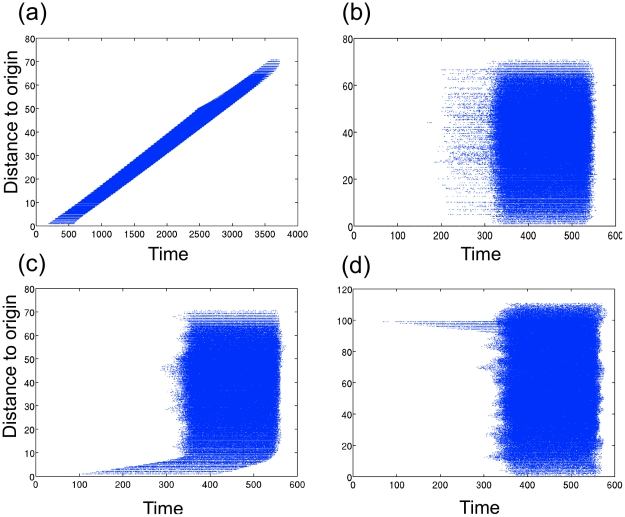Figure 4. The effect of the addition of global dispersal on the displacement between infected sites and the origin with increasing time.
Simulations were run on a 100×100 lattice to reproduce a spatio-temporal pattern of WNV-positive dead birds detections. At every time step, sites having more than 1% infectious reservoirs were “observed” with a probability of 0.17 to mimic under-reporting of WNV-positive dead birds. (a) With only local dispersal (1%), there is a significant positive correlation between Euclidean distance of selected sites to the origin and time (b) With only global dispersal (1%), there is no correlation between Euclidean distance to the origin and time (c) With a combination of local dispersal (0.99%) and global dispersal (0.01%), there is a significant positive correlation between the Euclidean distance and time (d) When Euclidean distance is measured from a point (false origin) that is at the opposite end of the lattice than the true origin, there is a significant negative correlation of Euclidean distance and time for the combination of local and global dispersal.

